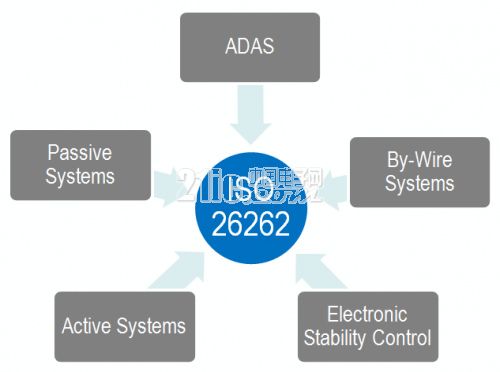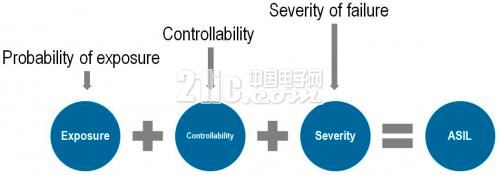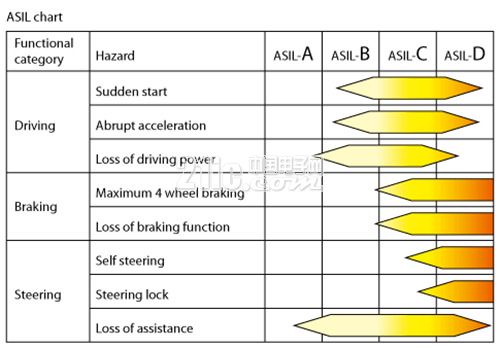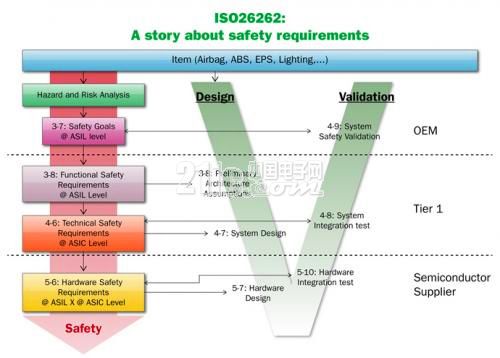If you're concerned about ISO 26262, you might be aware that even IP or EDA tools developed with the highest quality standards may not automatically pass certification. Kurt Schuler, vice president of marketing at Arteris, is involved in several technical committees related to ISO 26262. He emphasizes that for automotive electronic systems, there are multiple ways for IP and EDA tool vendors to enhance safety and meet the requirements of this standard. Let’s explore this topic with the car electronics editor.
First, defining the application scenario plays a crucial role in the development of IP and EDA tools. In the past, when devices were less programmable, it was easier to determine how each component in a system would function. However, today, 99.9% of the security features defined by IP and tool vendors are independent of specific use cases. This means they must be designed to work across a wide range of applications, rather than being optimized for just one.

The concept of Automotive Safety Integrity Levels (ASIL) introduces a way to define safety based on how components are used. Even if two controllers are identical, their safety certification needs can differ significantly depending on the application. For example, a controller used for seat adjustment has much lower safety demands compared to one used in an autonomous driving system.

ASIL levels are determined based on the potential hazards of each subsystem. ASIL C and D typically apply to scenarios where failure could lead to life-threatening situations, while ASIL A applies to less critical functions like seat adjustments. Essentially, ASIL measures the risk, likelihood, and controllability of an event. Kurt used cruise control as an example—when it fails, the driver can still take over. Similarly, even if an advanced autopilot system malfunctions, the car should switch back to manual mode when the driver turns the steering wheel. This transition requires strict timing and sufficient time windows for both the driver and the system to respond safely.

Adding certain features to IP or software can help improve the functional safety of electronic components. Arteris, for instance, enhances its on-chip communication solutions by integrating a communication integrity checker. This detector runs periodically during system operation to ensure everything works correctly. Moreover, the detector itself must also be monitored, so Arteris includes a fault-handling mechanism within its design.
One of the key aspects of functional safety for IP products is diagnostic coverage. Kurt believes that IP vendors need to make it easier for customers to evaluate the diagnostic coverage of their IP. Failure Mode, Effects, and Diagnostic Analysis (FMEDA) is becoming increasingly important, as IP products must handle issues like stuck bits, power transients, and other unexpected conditions. Any unforeseen events at the IP level must be identified so that the system can manage them effectively.
According to ISO 26262, certified systems must maintain traceability and support for more than ten years. This places new demands on data preparation and long-term maintenance. Vendors must provide a complete toolchain to regenerate, analyze, or modify designs during maintenance. The main requirement for IP under ISO 26262 is thorough documentation. IP vendors should give system engineers enough information to help them achieve full compliance with the standard.

There's no doubt that ISO 26262 is now a major focus across the entire semiconductor industry. This is part of the preparation for the era of autonomous vehicles. When there's no human driver to take over, every layer of the vehicle—from the chip to the system—must be developed with reliability and safety in mind.
This article discusses how IP and EDA tool manufacturers can comply with the ISO 26262 standard when entering the automotive market. If you want to learn more, keep following our updates. Electronic Engineering will continue to bring you comprehensive, detailed, and up-to-date information on this important topic.
The plano convex lens is the most common type of lens element. It can be used to focus, collect, and collimate light. A plano convex lens is useful as a simple imaging lens for systems where image quality requirement is not too critical. We also provide precision grade plano-convex lenses with tighter manufacturing tolerances. For higher quality image, we offer multi-element digital imaging lenses and computer-optimized achromatic doublet lenses
Plano Convex Lens,Double Convex Lens,Convex Lens,Convex Lenses
Changchun Realpoo Photoelectric Co., Ltd. , https://www.optics-realpoo.com